The 5 Best Value Funds to Buy Now
Want to beat the market?


Want to beat the market? Academic work for decades has pointed the way: Invest in value stocks — stocks that are cheap relative to their earnings, cash flow or assets.
Since 1940, value stocks have beaten the broad stock market by an annualized 4.5 percentage points per year, according to The Leuthold Group, an investment research firm. But over the past 10 years, growth crushed value. The Russell 1000 Growth index topped the Russell 1000 Value index by an average of 3.5 percentage points annually.
What happened? Scott Opsal, a Leuthold analyst, cites earnings growth and price-to-earnings ratios. From July 31, 2008, through March 31, 2018, the growth index’s P/E rose 53% while the value index’s P/E expanded just 14%. Meanwhile, from the value index’s peak in May 2007 through March 31, earnings per share rose just 16% compared to 46% for the growth index.
Drilling deeper, about one-quarter of value stocks are financials, which were slaughtered from 2007-09 and continued to lag for years afterwards. The second largest sector in value is energy, which tumbled over the past four years. Meanwhile, technology — which has soared since the end of the last bear market — makes up 35% of the growth index. “There are no FAANGs in value, just FAANG victims,” says Russell Kinnel, director of fund manager research at Morningstar, referring to the FAANG stocks Facebook (FB), Amazon.com (AMZN), Apple (AAPL), Netflix (NFLX) and Google parent Alphabet (GOOGL).
Value stocks remain a sensible way to invest. And now that two of the biggest value sectors have cleared major hurdles, they could finally turn the tide against growth. Here are five top value funds to buy if you want to harness the power of a good bargain.
Data is as of June 18, 2018.
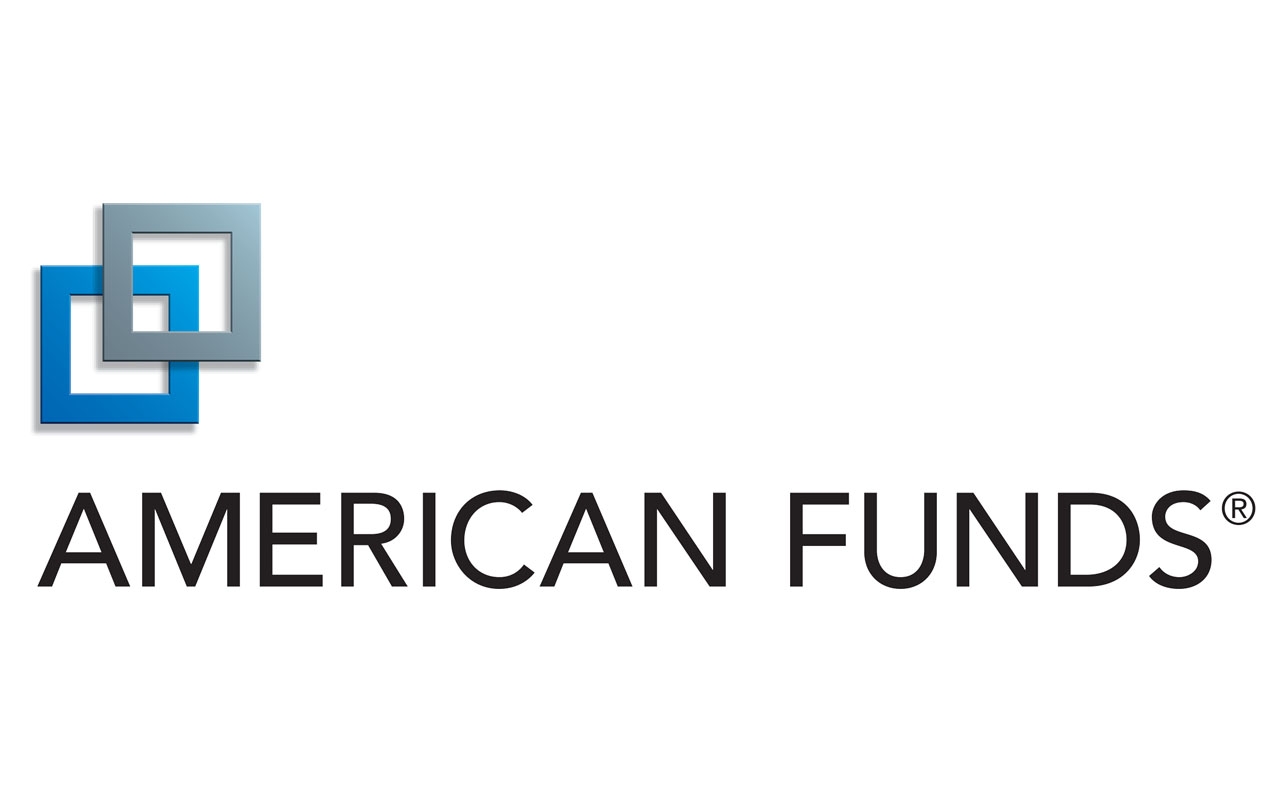
American Funds Washington Mutual Investors F1
- Market value: $105.1 billion
- Expense ratio: 0.67%
- Minimum Investment: $250
- American Funds Washington Mutual Investors F1 (WSHFX, $44.95) is one of the most conservative funds from a very conservative fund shop. All but 10% of the stocks must be in the Standard & Poor’s 500-stock index, all but 5% of the stocks must pay dividends and 80% of firms must have paid dividends in at least eight of the past 10 years. The fund also steers clear of companies involved in defense, tobacco or alcohol.
Washington Mutual is designed to earn decent returns in bull markets and hold up better than its competitors in rocky markets. The fund is about 5% less volatile than the S&P 500 and did better than the benchmark in the last two bear markets. In the past 10 years, the fund has returned 9.3% — a bit less than the S&P, but easily topping the Russell 1000 Value.
WSHFX sticks largely to mega-caps. The average market capitalization of its stocks is $105 billion — almost double that of the S&P 500. The fund’s eight managers, each of whom is responsible for a percentage of the fund’s assets, don’t like to trade; stocks stay in the fund an average of eight years.
In a theme you’ll see repeated in other funds in this article, Washington Mutual is not a deep-value fund. In fact, it currently lands in the large blend category in Morningstar’s style box. But in more ordinary times, expect it to tilt harder to value.
American Funds, which used to be available only through investment advisors, offers F1 shares that can be purchased through online brokerages, including Fidelity and Schwab.
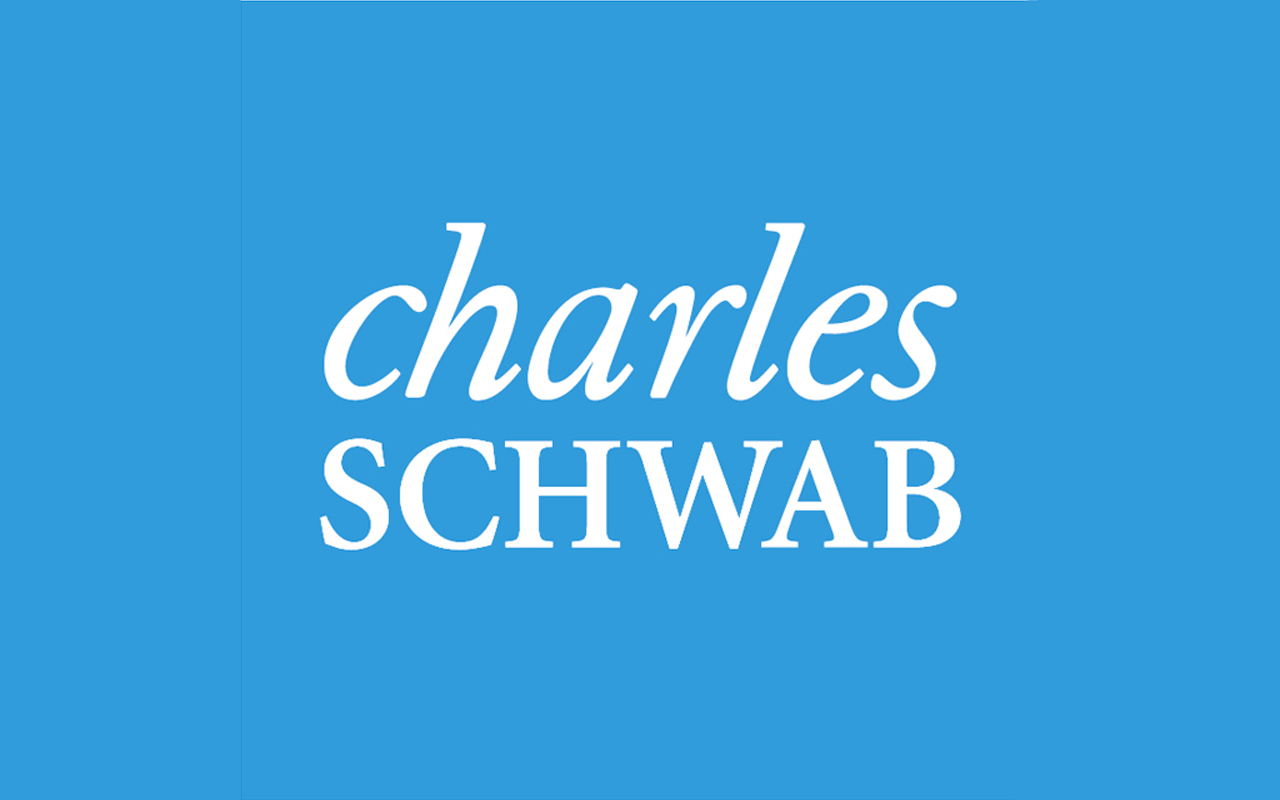
Schwab U.S. Dividend Equity ETF
- Market value: $7.6 billion
- Expense ratio: 0.07%
- Minimum Investment: N/A
- Schwab U.S. Dividend Equity ETF (SCHD, $50.48) makes a perfect addition to a portfolio that’s grown a bit too heavy in growth stocks. The exchange-traded fund is loaded with large, profitable, dividend-paying stocks that nevertheless are in the undervalued part of town. Top holdings are Exxon Mobil (XOM), Home Depot (HD), Intel (INTC) and Pfizer (PFE) — each roughly 5% of the fund.
Launched in 2011, the fund returned 11.5% over the past five years — slightly lagging the S&P but trouncing the Russell 1000 Value. The fund is just about as volatile as the S&P. However, aiding the fund’s returns is a miniscule expense ratio of just 0.07% annually, or $7 for every $10,000 invested.
The fund starts with the 2,500 largest U.S. stocks and looks for those that have consistently paid dividends over the past decade. Next it scores the remaining stocks on several indicators of quality. The fund winds up with 100 nice-yielding stocks — the fund yields 2.6% — with good fundamentals.
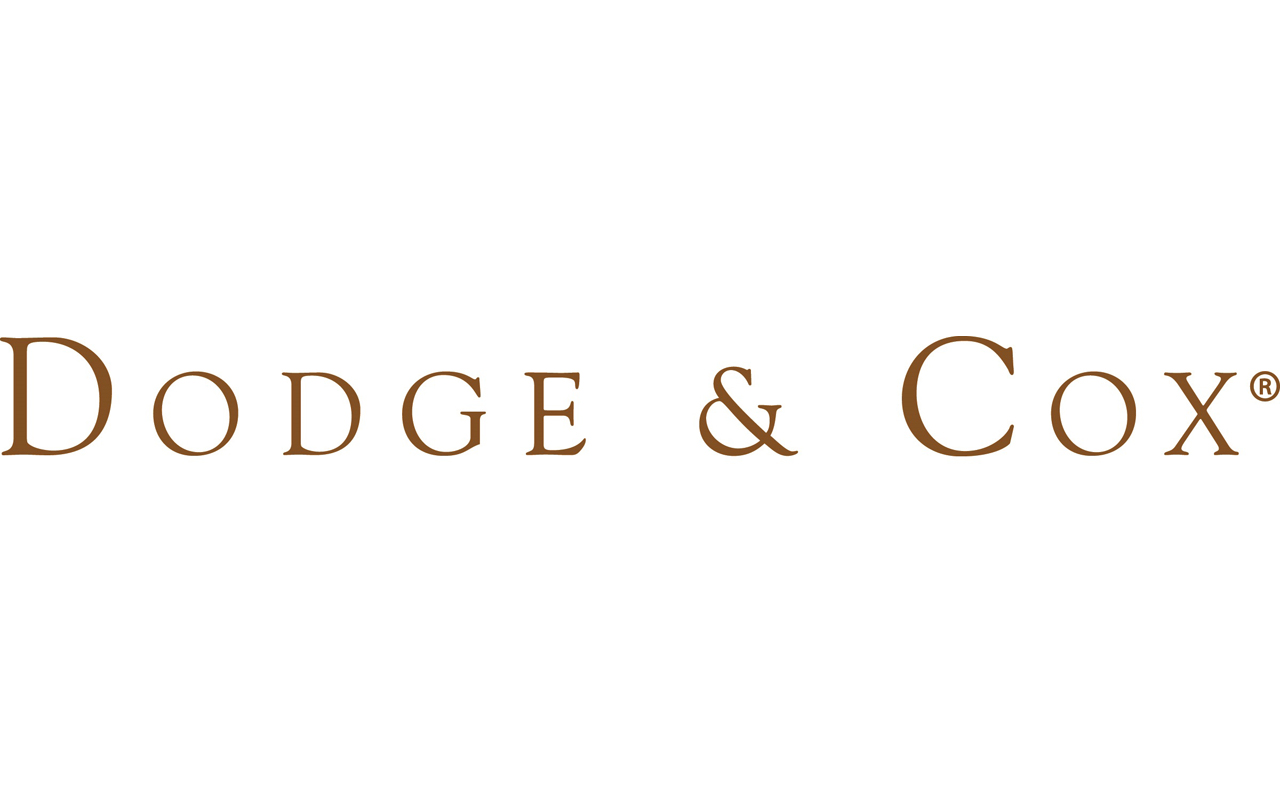
Dodge & Cox Stock
- Market value: $69.9 billion
- Expense ratio: 0.52%
- Minimum Investment: $2,500
- Dodge & Cox Stock (DODGX, $206.61) is a longtime Kiplinger favorite. It’s a member of the "Kiplinger 25" best no-load mutual funds. Launched in 1965, the fund boasts nine co-managers, two of whom have been on the fund since 1992. A seasoned analyst staff supports the managers. As with the much larger American funds, analysts and managers frequently stay at Dodge & Cox their entire careers.
The fund invests in large-company stocks that are statistically cheap on a variety of measures. Dodge & Cox often buys stocks that face what management views as temporary challenges. Stocks stay in the fund an average of eight years. The fund currently owns big slugs of financial services (28% of assets), healthcare (22%) and technology (17%).
Over the past 10 years, the fund has trailed the S&P by roughly half a percentage point per year, but it has beaten the Russell 1000 Value by more than a percentage point.
One caveat: Dodge & Cox is volatile — about 20% more volatile than the S&P. That hurt the fund in the 2007-09 bear market.
“All told, this fund requires patience,” says Andrew Daniels, a Morningstar analyst. “It likely will reward investors willing to stomach short-term pain, but it is not for everyone.”
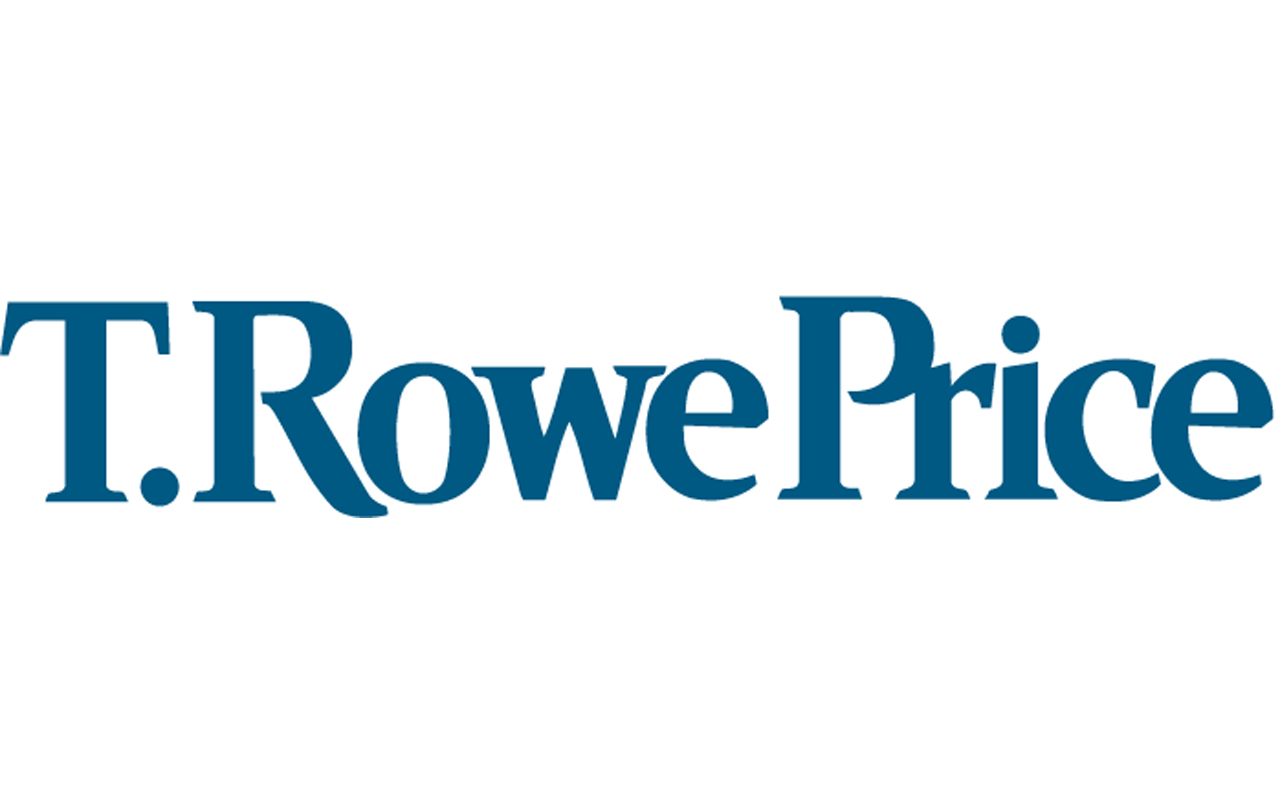
T. Rowe Price Value
- Market value: $25.4 billion
- Expense ratio: 0.8%
- T. Rowe Price Value (TRVLX, $37.18) has a 5% position in Microsoft (MSFT), which has a trailing 12-month P/E of 68, and a forward P/E of 30 based on estimated earnings for the next four quarters. While most of Manager Mark Finn’s holdings are more value-oriented, the Microsoft holding illustrates that this isn’t a pure value offering.
Says Finn: “I’m not going to buy some beaten-down company just because it’s in some index. I make big bets when I believe there’s an opportunity. I shouldn’t have to sell Microsoft the minute it’s no longer a value stock.”
Over the past 10 years, the fund has returned an annualized 9.3% — about one-half percentage point less than the S&P 500 and about 1 percentage point better than the Russell Value per year. The fund is about as volatile as the S&P.
Finn, who has been at T. Rowe since 1990, is supported by the firm’s deep and experienced analysts.
“Over the very long term, buying cheap companies and selling expensive companies works,” Finn says. “The trick is to avoid value traps.” Newspapers and most retail stocks are some categories currently in that latter category.
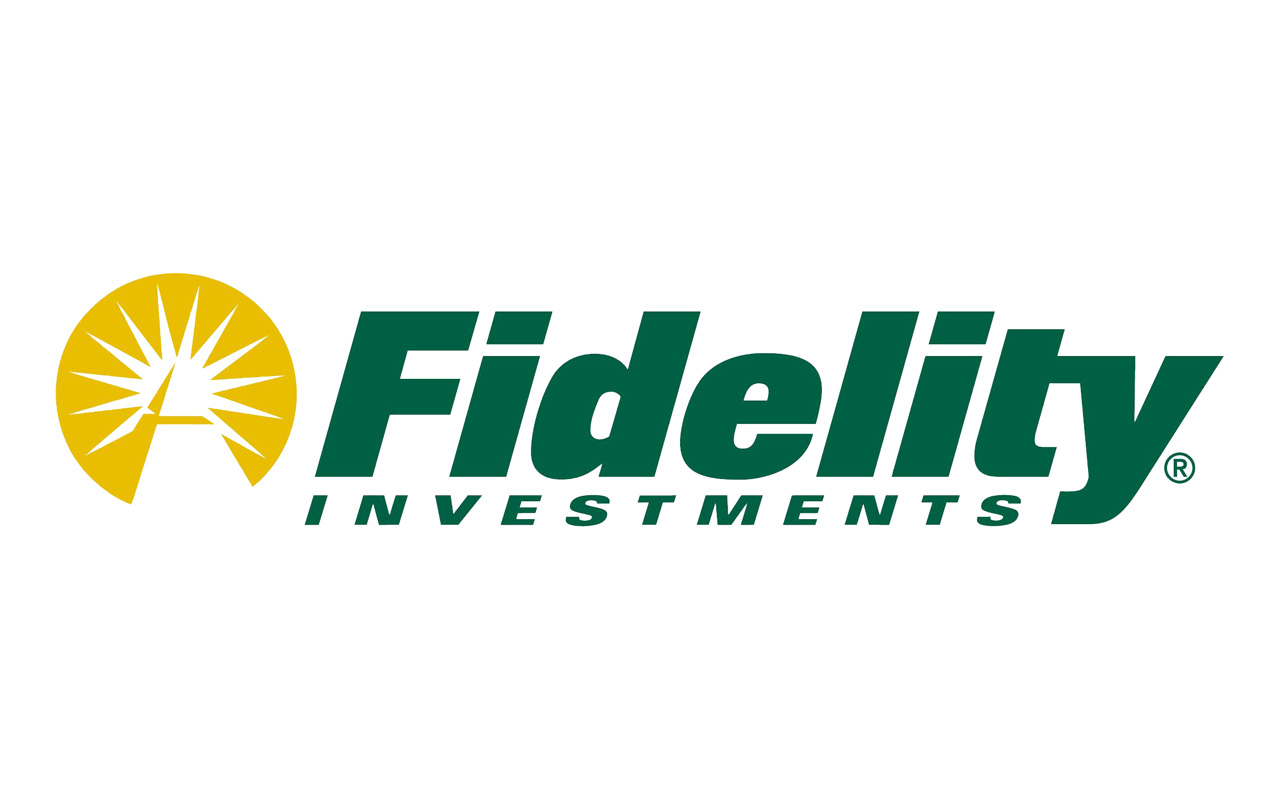
Fidelity Low-Priced Stock
- Market value: $36.3 billion
- Expense ratio: 0.68%
- Fidelity Low-Priced Stock (FLPSX, $56.18) can’t produce good returns and bumblebees can’t fly. Of course, neither is true. But the $36 billion Fidelity fund with 950 stocks with an average market capitalization of less than $8 billion, on its surface, looks like an invitation to trouble.
But consider the returns. Over the past 10 years, the fund returned an annualized 9.9%, essentially tying the S&P while beating the average mid-cap value fund by about 1 percentage point per year. What’s more, the fund topped its average competitor over more recent periods, too. Plus, the fund is 10% less volatile than the S&P 500 and 25% less volatile than the average mid-cap value fund. That has helped FLPSX outpoint its peers in bear markets.
The genius behind this compelling fund is Joel Tillinghast, who has run it since inception in 1989. Co-managers run 6% of assets, which has only a little material effect on returns. The fund holds stocks, on average, for 12 years.
By prospectus, the fund must buy only stocks selling for less than $35 a share — a silly rule to some, but one that has served Tillinghast well.
Critics point out that Tillinghast has done better with a couple of new, smaller funds — one available to Canadian investors and the other available only as part of Fidelity target-date retirement funds. But Low-Priced Stock remains a superb choice.
Steve Goldberg is an investment adviser in the Washington, D.C., area.
Profit and prosper with the best of Kiplinger's advice on investing, taxes, retirement, personal finance and much more. Delivered daily. Enter your email in the box and click Sign Me Up.

-
 Stocks Rally as Investors Buy the Dip: Stock Market Today
Stocks Rally as Investors Buy the Dip: Stock Market TodayMost sectors are "go" only a day after talk of bubbles, extended valuations and narrow breadth undermined any kind of exuberance.
-
 Elon Musk's $1 Trillion Pay Package Vote: What's at Stake for Tesla Stock
Elon Musk's $1 Trillion Pay Package Vote: What's at Stake for Tesla StockTesla shareholders are voting this week on a massive pay package for CEO Elon Musk. Here's what it means for the Mag 7 stock.
-
 Stocks Rally as Investors Buy the Dip: Stock Market Today
Stocks Rally as Investors Buy the Dip: Stock Market TodayMost sectors are "go" only a day after talk of bubbles, extended valuations and narrow breadth undermined any kind of exuberance.
-
 Stocks Retreat as Bubble Worries Ramp Up: Stock Market Today
Stocks Retreat as Bubble Worries Ramp Up: Stock Market TodayValuation concerns took hold on Wall Street today, sending Palantir and its fellow tech stocks lower.
-
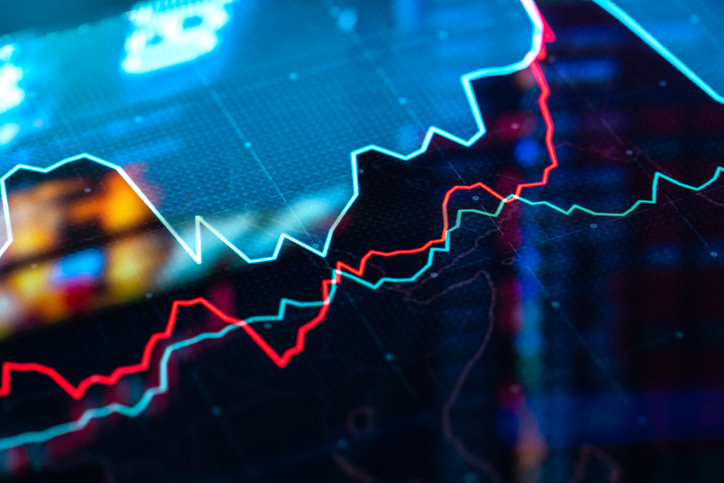 Amazon Surge Sends S&P 500, Nasdaq Higher to Start November: Stock Market Today
Amazon Surge Sends S&P 500, Nasdaq Higher to Start November: Stock Market TodayAmazon inked a $38 billion cloud deal with OpenAI, which sent the stock to the top of the Dow Jones on Monday.
-
 3 Major Changes Investors Must Prepare for in 2026
3 Major Changes Investors Must Prepare for in 2026A possible stock market bubble. Trump accounts. Tokenized stocks. These are just three developments investors need to be aware of in the coming months.
-
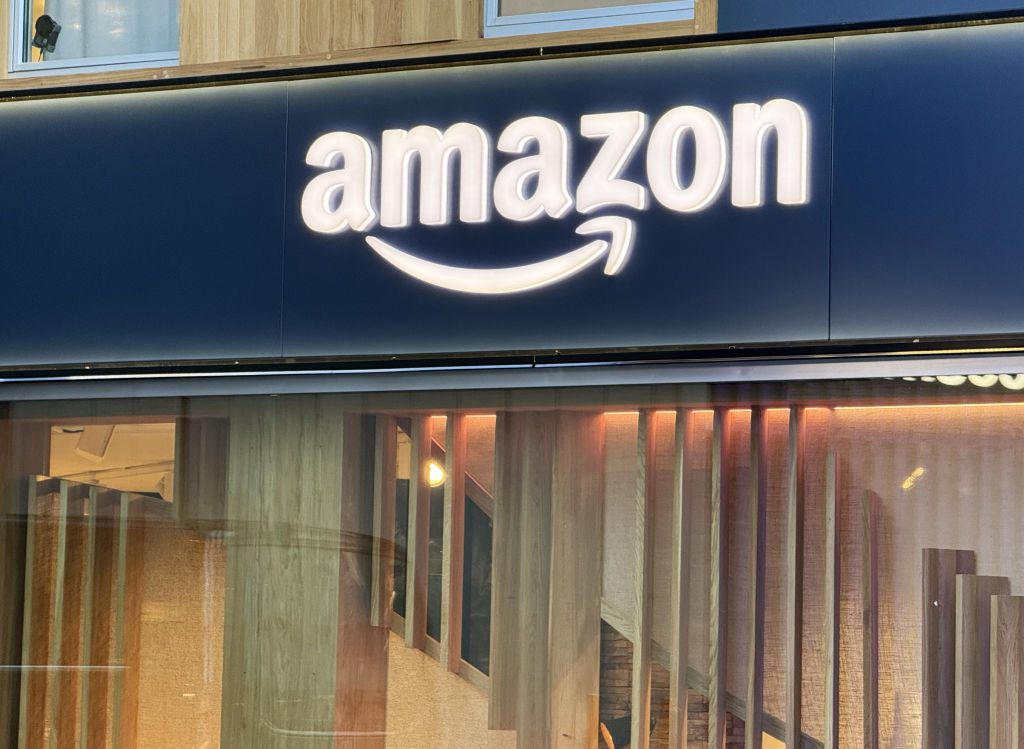 Stocks Close Out Strong Month With Solid Amazon Earnings: Stock Market Today
Stocks Close Out Strong Month With Solid Amazon Earnings: Stock Market TodayAmazon lifted its spending forecast as its artificial intelligence (AI) initiatives create "a massive opportunity."
-
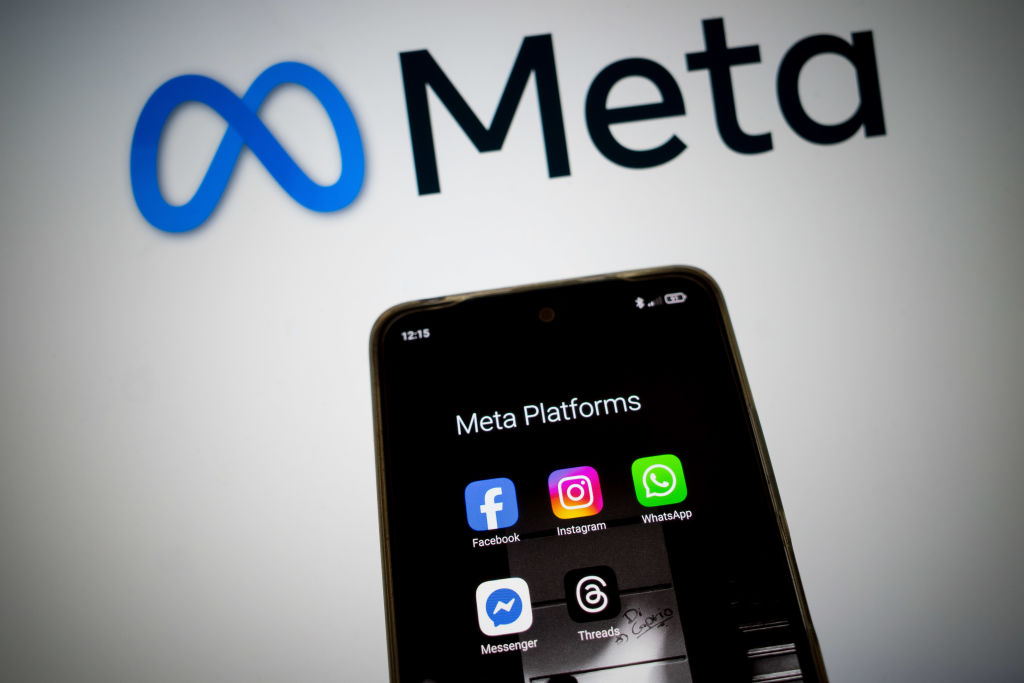 Stocks Sink with Meta, Microsoft: Stock Market Today
Stocks Sink with Meta, Microsoft: Stock Market TodayAlphabet was a bright light among the Magnificent 7 stocks today after the Google parent's quarterly revenue topped $100 billion for the first time.
-
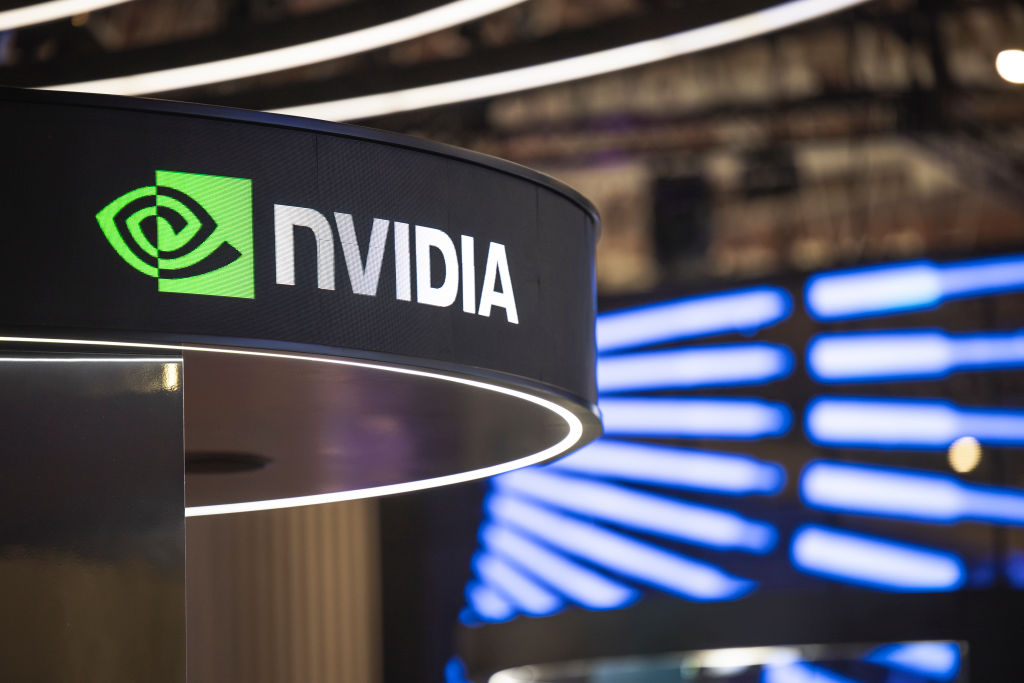 Dow, S&P 500 Slip on December Rate Cut Worries, Nvidia Boosts Nasdaq: Stock Market Today
Dow, S&P 500 Slip on December Rate Cut Worries, Nvidia Boosts Nasdaq: Stock Market TodayNvidia became the first company ever to boast a $5 trillion market cap, but it wasn't enough to lift the Dow and the S&P 500.
-
 Stocks Hit Fresh Highs Ahead of the Fed As Earnings Pump Optimism: Stock Market Today
Stocks Hit Fresh Highs Ahead of the Fed As Earnings Pump Optimism: Stock Market TodaySHW and UNH were two of the best Dow Jones stocks Tuesday, thanks to solid earnings reports, and MSFT closed with a $4 trillion market cap.
